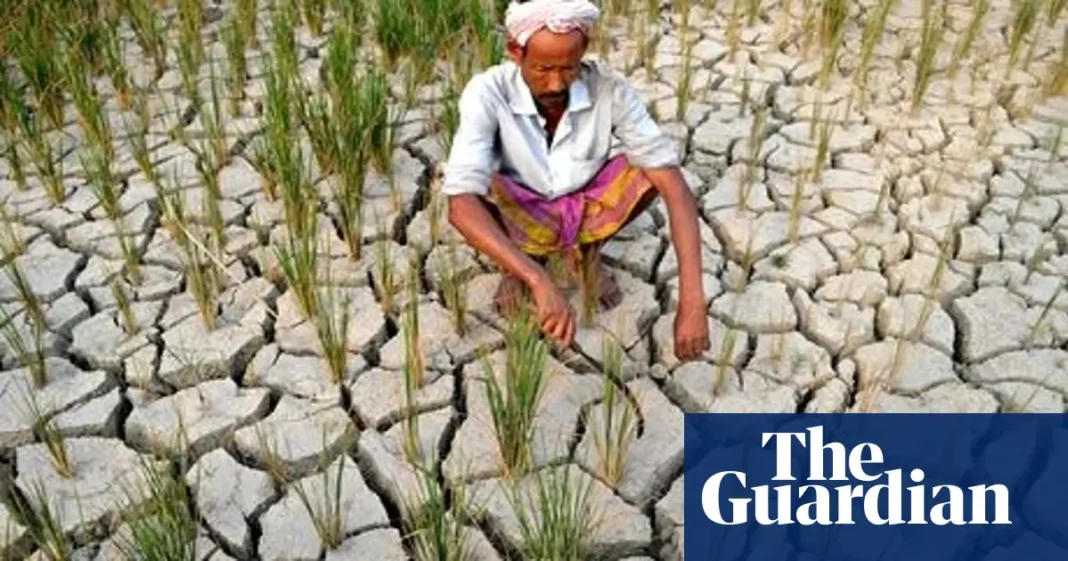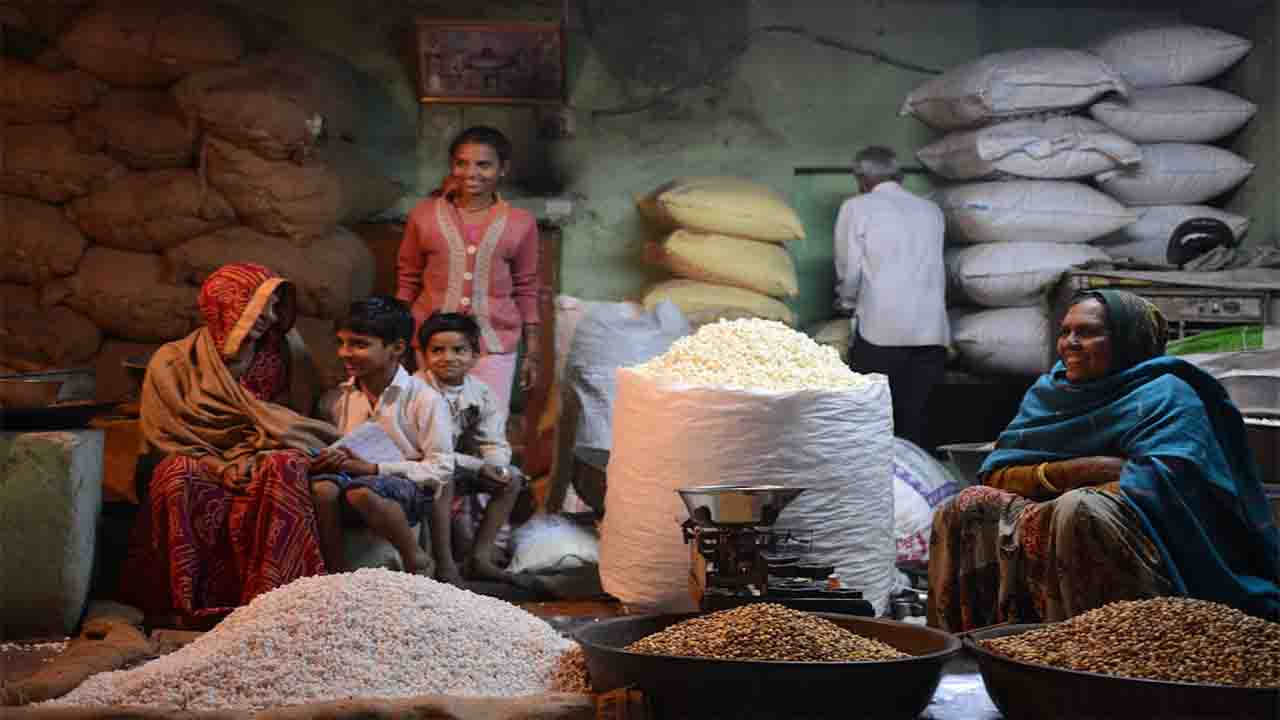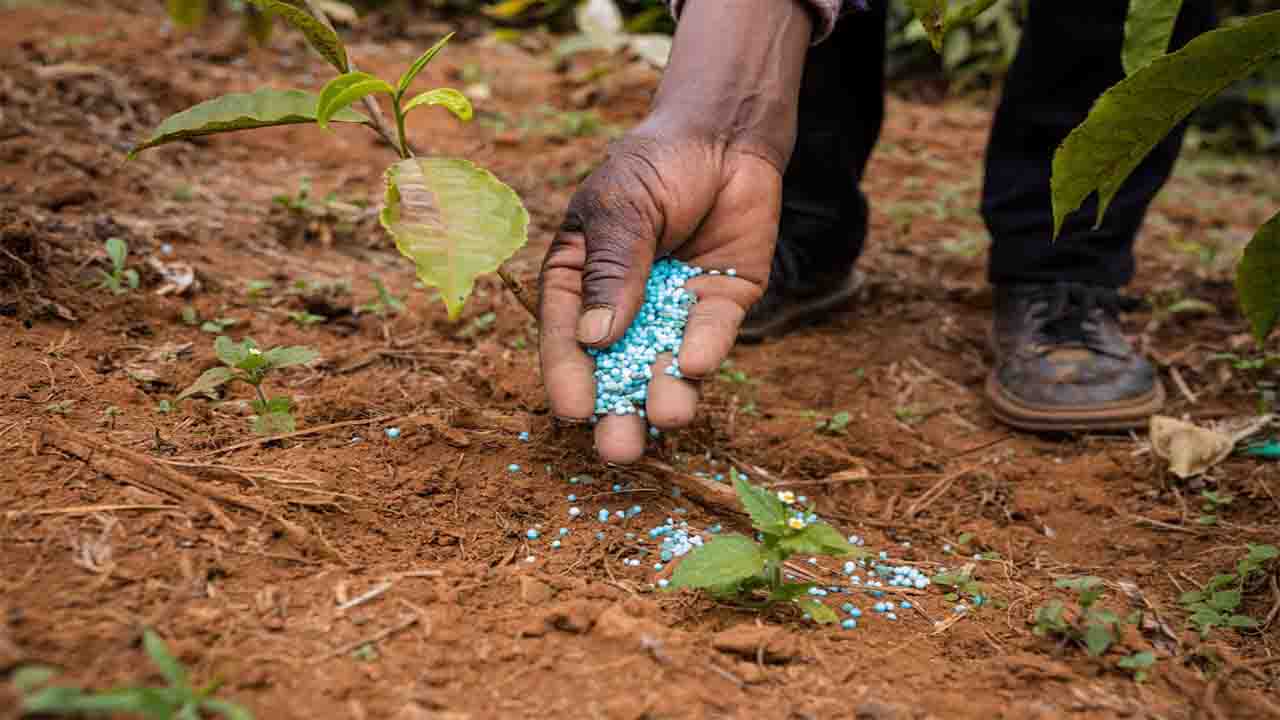Drought is a natural disaster that occurs when there is a prolonged period of below-average rainfall. Drought can have a devastating impact on agriculture, as it can lead to crop failures and livestock losses. In recent years, the frequency and intensity of droughts have increased due to climate change. This has led to an increased demand for water-saving techniques among farmers in drought-affected areas.
There are a number of innovative water-saving techniques that farmers can use to reduce their water consumption. Some of these techniques include:
- Drip irrigation: Drip irrigation is a method of watering crops that delivers water directly to the roots of the plants. This method is more efficient than traditional irrigation methods, as it reduces water loss due to evaporation and runoff.
- Soil moisture sensors: Soil moisture sensors can be used to monitor the moisture content of the soil. This information can be used to determine when and how much water to irrigate crops.
- Cover crops: Cover crops are planted between rows of crops. These crops help to improve soil health and reduce erosion, which can help to conserve water.
- Water harvesting: Water harvesting is the collection of rainwater or other stormwater for later use. This water can be used for irrigation, livestock watering, or other purposes.
These are just a few of the innovative water-saving techniques that farmers can use to reduce their water consumption. By using these techniques, farmers can help to ensure that they have enough water to grow crops and support their livelihoods, even in the face of drought.
In addition to the techniques mentioned above, there are a number of other things that farmers can do to conserve water. These include:
Irrigating at night: Watering crops at night can help to reduce water loss due to evaporation.
- Using mulch: Mulch can help to reduce evaporation and keep the soil cool, which can help to conserve water.
- Efficient irrigation systems: Using efficient irrigation systems can help to reduce water waste.
- Watering deeply and less often: Watering deeply and less often can help to encourage deep root growth, which can help plants to become more drought-tolerant.
- Planting drought-tolerant crops: Planting drought-tolerant crops can help to reduce the amount of water needed for irrigation.
By taking these steps, farmers can help to conserve water and protect their crops from drought.
The use of innovative water-saving techniques is essential for farmers in drought-affected areas. These techniques can help to reduce water consumption and ensure that farmers have enough water to grow crops and support their livelihoods. By taking these steps, farmers can help to mitigate the effects of drought and build a more sustainable future for agriculture.
















